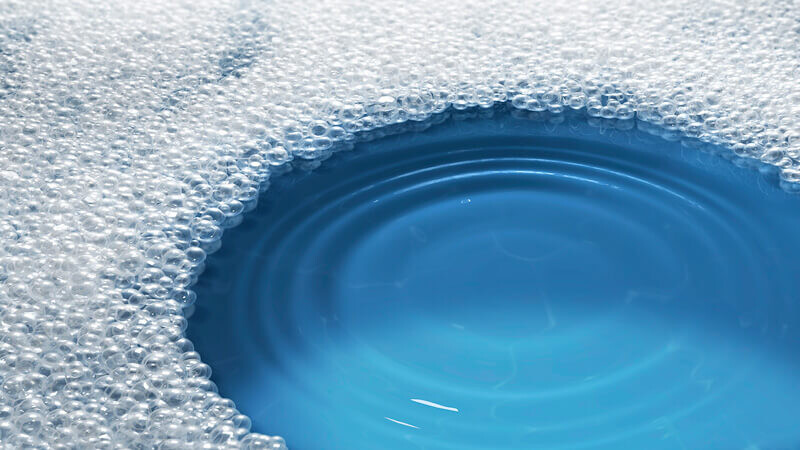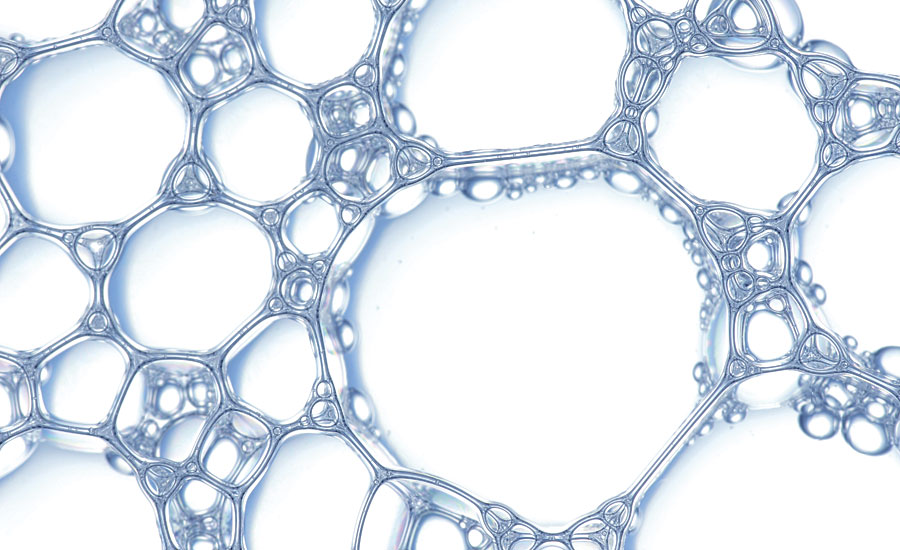How Defoamers Can Save Time and Money in Industrial Production
The Role of Defoamers in Enhancing Item High Quality and Performance
In numerous producing procedures, the existence of foam can considerably prevent product top quality and operational efficiency. Defoamers function as important ingredients that reduce this concern, making certain smoother production operations while improving the visual and functional attributes of the final items (defoamers). Their application spans a wide variety of sectors, from food and beverage to drugs, where consistency and dependability are paramount. The selection of the ideal defoamer can be crucial to attaining optimal outcomes, elevating crucial inquiries about formula compatibility and efficiency metrics that warrant further exploration.
Recognizing Defoamers
Recognizing the duty of defoamers is essential for maintaining item top quality across various industries. Defoamers are chemical additives designed to prevent the development and lower of foam in fluid systems, which can detrimentally influence processes such as mixing, filling, and surface stress. Frothing can cause inadequacies, item flaws, and jeopardized aesthetic appeal, making defoamers a crucial component in making procedures.
In industrial applications, defoamers help to boost item consistency and stability. As an example, in the paint and layers market, foam can disrupt the application process and the last surface. Similarly, in food and drink production, excessive foam can impede bottling and packaging performance (defoamers). The effective use defoamers not only makes certain smoother manufacturing processes yet likewise adds to remarkable product efficiency.
In addition, the choice and solution of a defoamer should straighten with particular application needs, such as compatibility with other components, performance under differing temperature level and pH conditions, and possible regulative restraints. Ultimately, comprehending defoamers' features and their importance in different solutions is critical for enhancing manufacturing and guaranteeing the best quality end items.
Kinds Of Defoamers
Defoamers can be categorized right into numerous types based upon their composition and system of action. The key kinds consist of silicone-based, non-silicone organic, and not natural defoamers.
Silicone-based defoamers are amongst one of the most effective, primarily because of their capability to spread out promptly on the fluid surface area and disrupt foam formation. Their distinct chemical structure enables for remarkable security, making them appropriate for high-temperature applications and settings with differing pH degrees.
Non-silicone natural defoamers, usually made up of fatty acids or all-natural oils, are valued for their biodegradability and reduced poisoning. These are commonly made use of in food and drink applications where safety and security and ecological effect are vital.
Not natural defoamers, that include compounds like talc or calcium carbonate, act by boosting the density of the liquid, thus decreasing foam stability. They are often utilized in commercial procedures where compatibility with other materials is not an issue.
Each sort of defoamer has distinct benefits and constraints, permitting customized options depending upon the certain foaming issues encountered in various applications. Recognizing these distinctions is vital for optimizing performance and achieving wanted item high quality.
Applications Across Industries
Numerous markets take advantage of defoamers to boost item top quality and operational performance. In the food and beverage field, defoamers are crucial in procedures such as developing and milk manufacturing to stop foam formation, which can bring about inadequacies and product disparity. By regulating foam, manufacturers can guarantee better yield and an extra uniform item.
In the pharmaceutical market, defoamers play a crucial duty in the formula of fluid medicines, where excessive foam can restrain mixing and precise application. Their use assists preserve the integrity of the formulas and helps with smoother manufacturing procedures.
The paint and layers sector additionally counts on defoamers to enhance the performance of products during application. By lessening foam, these additives make certain a smoother finish and improve the aesthetic high qualities of the final product.

Advantages of Utilizing Defoamers
While the application of defoamers varies throughout sectors, their benefits constantly boost product high quality and process effectiveness. One considerable advantage is the reduction of foam development throughout manufacturing procedures, which can or else bring about manufacturing delays and inconsistencies in item quality. By decreasing foam, defoamers allow a smoother flow of materials, promoting much more effective procedures and reducing the likelihood of tools breakdowns.
Furthermore, making use of defoamers can boost the look and structure of end products. In markets such as layers, paints, and food processing, too much foam can jeopardize the aesthetic aesthetics and general top quality, while the suitable defoamer application guarantees an uniform surface and preferable features. In addition, defoamers can add to cost financial savings by lowering waste throughout production and maximizing using basic materials (defoamers).

Selecting the Right Defoamer
Picking the appropriate defoamer is important for optimizing production procedures and making certain product high quality. The option of defoamer affects not just the efficiency of foam control however likewise the total efficiency characteristics of the end product. Variables to take into consideration include the kind of application, the chemistry of the formulation, and the environmental conditions under which the product will certainly be utilized.
Different industries might need details defoamer kinds, such as silicone-based, organic, or polymeric defoamers. Understanding the compatibility of the defoamer with the main components is necessary to stay clear of unfavorable reactions that can endanger product honesty. In addition, the more info here defoamer's performance in numerous temperature levels and pH levels should be reviewed to ensure constant performance.
Checking the defoamer in small-scale applications can supply useful insights into its efficiency and viability. Factor to consider of governing conformity, specifically in food, drugs, and cosmetics, is critical in picking a defoamer. Eventually, a complete assessment of these variables will lead to the choice of a defoamer that not only regulates foam effectively but additionally boosts the top quality and performance of the end product.
Verdict

Finally, defoamers are essential additives that dramatically boost item top quality and performance across different sectors. By successfully decreasing foam formation, these agents not just enhance operational performance yet likewise add to the useful and visual integrity of products. The strategic option and application of defoamers lead to set you back financial savings, optimized source usage, and raised consumer fulfillment. On the whole, the relevance of defoamers in industrial processes can not be overstated, as they play a crucial duty in attaining premium and constant results.
Frothing can lead to inefficiencies, item issues, and jeopardized visual charm, making defoamers a vital part in making operations.
